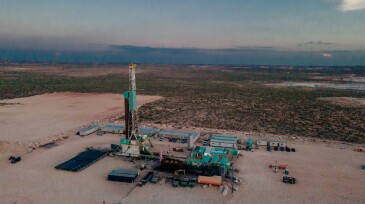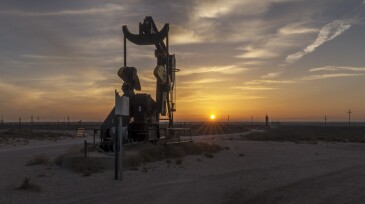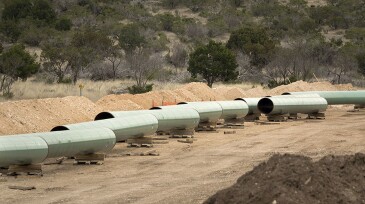Permian Basin
-
High prices for untapped drilling locations in the Permian Basin have sparked some new trends in the tight oil dealmaking space.
-
With shaky state funding and the EPA hamstrung by the Supreme Court, New Mexico could face a future with reduced protections.
-
A series of temblors in the region has been linked to oil and gas extraction processes.
-
Automated workflow unifies geological, completion, and production data to inform speedier, better investment decisions for nonoperated assets.
-
The Permian’s produced-water challenge presents an opportunity for innovation to pave the way toward a more sustainable future for the industry.
-
The Dallas-based tight oil producer will gain 33,500 acres and approximately 25,500 BOE/D from the latest deal to reshape the US shale sector.
-
Rising natural gas production plus not enough takeaway capacity equals one big headache for west Texas producers
-
This paper presents an evaluation of geopolymer cementing for use in oil and gas wells, specifically in the primary cementing of liner strings in the Permian Basin.
-
Losing drill-hungry independent and private companies in the region to robust M&A will mean an activity slowdown that is expected to impact volumes coming from the nation’s largest oil field.
-
The US upstream sector began 2024 with $51 billion in mergers and acquisitions though Enverus outlines why the dealmaking may slow down.










